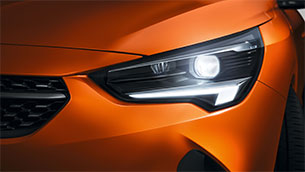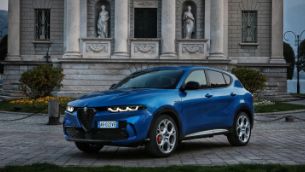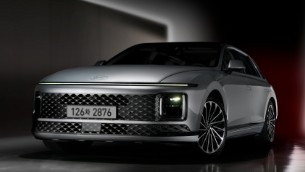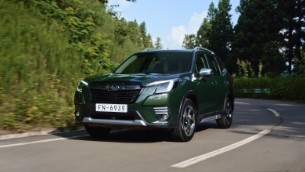Stay on the bright side of the road this winter, says gem motoring assist
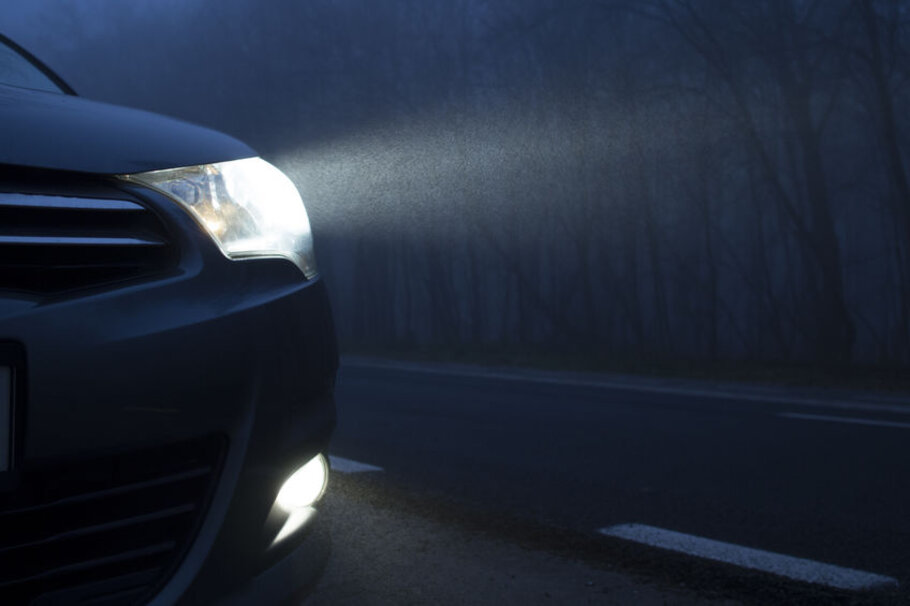
Road safety and breakdown organisation GEM Motoring Assist is urging all road users to make themselves visible and bright on journeys in the coming weeks. Making an effort to see and be seen really could prove a life-saving decision, says GEM.
GEM chief executive Neil Worth says all road users need to take responsibility for ensuring they can see and be seen. "For drivers, this responsibility not only includes turning lights on, but is also about knowing which come on automatically, which are permanently on and which need to be turned on and off," he says.
"For cyclists, it's also important to ensure lights are positioned and angled correctly if they are to be as effective as possible.
"It is hard to believe that some drivers and cyclists choose to leave their car lights off on early morning or late afternoon journeys when light is low and visibility is so poor. Others think it's alright to drive with broken or defective lights, or to use fog lights when there's no fog.
"We urge drivers to check their lights, clean their lights and use their lights, as this will make a big difference in reducing their risk of a collision.
"The risk is even greater in poor weather, in the glare of street and vehicle lights," adds Neil Worth. "You may feel safe as long as you're able to see other vehicles, but if others cannot see you, then the danger remains."
"It's likely there are always going to be occasions when collisions occur, simply because someone had a lapse of concentration and failed to see another road user," Neil Worth concludes. "But by ensuring we are bright and conspicuous, we know we will be playing our part in reducing these occasions to a minimum.
Seeing the light: top tips for safety GEM has five simple tips that will help reduce high-risk moments or collisions caused by poor or defective lighting:
- If you're a driver, familiarise yourself with the light settings on your car. Know which lights come on automatically, and which you need to turn on yourself. Make sure you switch on your front and rear lights, but avoid blinding others with full beam or fog lights when not necessary.
- Don't rely on automatic light settings and daytime running lights. If you do, you will find that your lighting to the front will be inadequate, while lighting to the rear will be non-existent.
- Check your lights frequently through the winter months. Make sure every bulb is working properly, and that you keep your lights clean.
- Fog lights are designed to improve your view and conspicuity when visibility is reduced. But the law requires that you switch them off when visibility improves.
- If you're a cyclist, get the best lights you can – and take time to ensure they are secured at the most effective position and angle. Boost safety further by making sure your helmet and clothing are highly visible.

